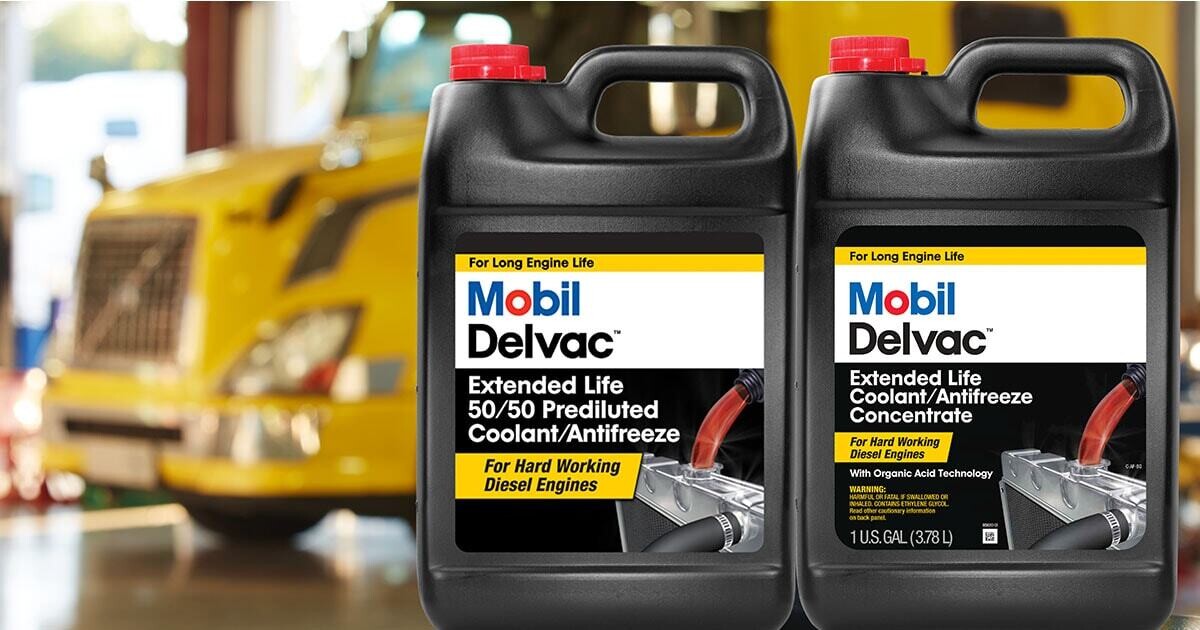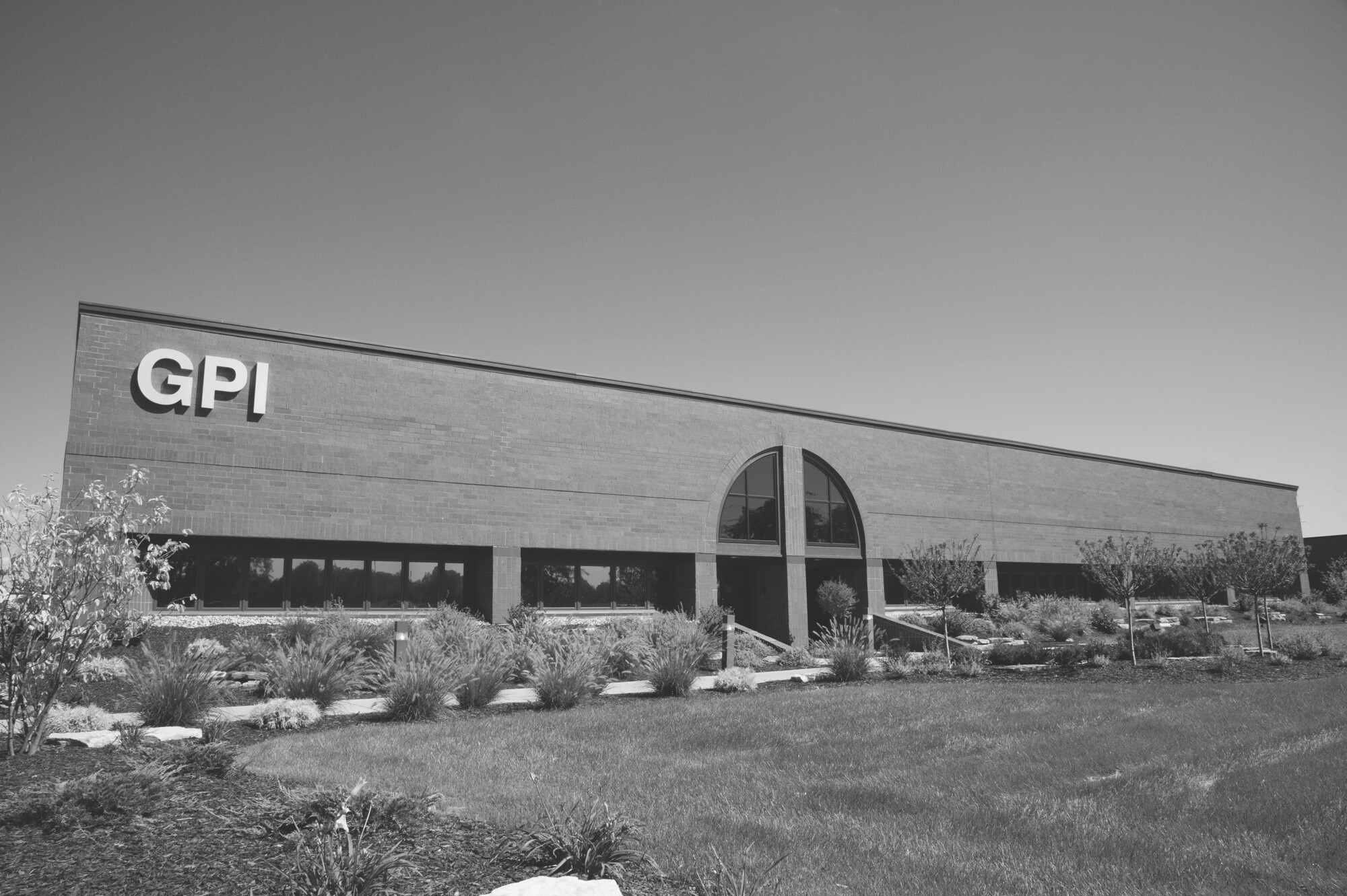
Most fleet managers are well-versed in the role oil and fuel play in keeping trucks on the road. But there’s another fluid that doesn’t get as much attention, even though it should. Choosing the wrong coolant can lead to issues that are some of the most common (and costly) causes of engine failure in heavy-duty vehicles.
In fact, poor coolant or poor cooling system maintenance contributes to over 40% of all engine failures. Those failures aren’t just inconvenient. They cost time, money, and productivity, and they’re often preventable with the right coolant and proper upkeep.
In this post, we’ll take a closer look at what’s happening inside your cooling system, how different types of coolant perform under pressure, and why extended life coolants are quickly becoming the go-to solution for modern fleets. More importantly, we’ll show you how smart coolant decisions can help extend engine life, reduce maintenance, and support your bottom line.
Coolant 101: What It Actually Does
At its core, coolant has one job: to keep your engine from overheating. But under the hood, it’s doing a lot more than that.
A typical coolant mixture is about half water and half glycol, with corrosion inhibitors added in.
Water is what actually absorbs heat from the engine and carries it away. It’s the primary heat transfer fluid.
Glycol (usually ethylene glycol) raises the boiling point and lowers the freezing point, so the coolant can perform in extreme temperatures.
Inhibitors are the additives that protect engine components from corrosion, scale buildup, and other damage over time.
All three components are critical, but it’s the inhibitors that most often separate one coolant from another. And when it comes to long-term engine protection, not all inhibitors are created equal.
The Big Difference: Inhibitor Technology and Why It Matters
When it comes to choosing a coolant, the biggest performance difference lies in the additives—specifically, the corrosion inhibitors. These are the ingredients that protect your engine’s internal surfaces from rust, pitting, and scale buildup over time.
Historically, conventional coolants used inorganic inhibitors (like phosphates, silicates, or nitrates) to provide this protection. These work, but they have a short lifespan. They break down quickly under heat and stress, which means fleets running these coolants have to monitor and replenish supplemental coolant additives (SCAs) regularly. Even then, it’s not uncommon to see liner pitting, scale buildup, or the infamous “green goo”—a sludge-like result of additive dropout and contamination.
Many fleets still use conventional “green” or fully formulated coolants, but both rely on these older inorganic systems. They’re more vulnerable to degradation, more prone to issues, and they add maintenance complexity.
To solve this, many fleets have moved to using extended life coolants (ELCs). These newer formulations are based on organic acid technology (OAT). They’re much more stable under heat and pressure, don’t require SCAs, and offer longer service intervals with less monitoring. Mobil Delvac™ Extended Life Coolant/Antifreeze, for instance, provides advanced protection for aluminum, cast iron, steel, and other engine metals, which helps prevent cavitation damage to wet sleeve liners and keeps systems cleaner over the long haul.
For today’s fleets, the difference isn’t just chemical. It’s also operational. Better inhibitor technology means less downtime, less guesswork, and more predictable performance.
The Hidden Cost of Mixing and Mismanagement
Even with a high-quality coolant in the system, performance can be compromised by a single misstep: topping off with the wrong fluid. It happens more often than you’d think, especially in busy fleet operations where multiple brands or types might be on hand.
Mixing different coolant chemistries, especially those with incompatible inhibitors, can dilute or disrupt the corrosion protection your system depends on. Inorganic and organic inhibitors don’t play well together. What starts as a simple top-off can lead to unbalanced additive levels, increased risk of drop-out or scale formation, and even accelerated wear on critical engine components.
Worse yet, this kind of mixing cancels out the extended service life that premium extended life coolants are designed to offer. You’re paying for long-term protection and reduced maintenance, but a few bad top-offs can put you right back into a conventional service cycle, with all the cost and downtime that comes with it.
Best practice: top off only with the exact coolant already in the system. If you’re unsure what’s currently installed, test it or fully flush and replace. Consistency is key to getting the full return on investment from your coolant strategy.
Extended Life Coolants: Designed for Today’s Fleets
For many years, extended life coolant (ELC) was seen as a premium option, something you’d choose only for specialized equipment or long-haul operations. But that mindset is changing fast. ELCs are now the go-to recommendation for modern commercial fleets, and for good reason.
Extended life coolants eliminate the need for supplemental coolant additives (SCAs), which means fewer maintenance stops, fewer opportunities for error, and a more consistent protection profile across the fleet. With longer drain intervals and better inhibitor stability, ELCs reduce the total number of flushes, refills, and unexpected cooling system issues.
They also help fleets avoid the kind of progressive wear that can sneak up on a cooling system. Over time, poor coolant performance contributes to everything from water pump damage to wet sleeve pitting. These failures don’t just take trucks off the road, they also hit your maintenance budget hard.
Most OEMs are already on board. More than 75% of today’s heavy-duty equipment manufacturers recommend or factory-fill with ELC. That means your maintenance team, service intervals, and uptime planning should all be aligned with extended life standards.
Mobil Delvac™ Extended Life Coolant, for example, is tested to deliver up to 1 million miles or 20,000 hours of protection, without a single SCA top-off. That’s the kind of reliability today’s fleets need to stay competitive.
Total Cost of Ownership: Where Fleets Win
It’s easy to overlook coolant when looking for ways to cut costs, but that’s exactly where the opportunity lies. Coolant doesn’t just protect the engine. It shapes your maintenance schedule, drives uptime, and impacts long-term asset value.
With extended life coolants, you get longer service intervals. That means fewer drain-and-fill jobs, less technician time spent on routine maintenance, and fewer gallons of fluid purchased each year.
System failures drop too. Corrosion, liner pitting, and scale buildup are some of the most common cooling system failures, and some of the most expensive to fix. Extended life coolant helps reduce those risks by maintaining stable protection longer and eliminating the need to constantly monitor SCA levels.
Better protection means longer engine life and improved resale. When cooling systems stay clean and protected, engines run more efficiently, experience less wear, and hold more value when it’s time to rotate or sell the asset.
If you laid it out on a cost curve, you’d see it clearly. Compared to conventional green coolants and fully formulated options, extended life coolant has a higher upfront cost, but a dramatically lower total cost over the lifetime of the vehicle. It’s a small shift with long-term payoff.
Get Expert Help from GPI
Not sure what kind of coolant or lubricant strategy your fleet is currently using or how it could be optimized for peak performance and savings?
GPI’s team is here to help. We’ll assess your fleet’s existing setup, recommend the ideal Mobil Delvac™ coolant and lubricant solutions, and show you how to:
Extend service intervals
Reduce unscheduled maintenance
Maximize engine life and resale value
By enrolling in the Mobil Delvac™ Fleet Uptime Program, you’ll gain access to bundled oil analysis samples, annual consultations with Mobil specialists, and tailored recommendations designed to help fleets double drain intervals and improve overall uptime. These program benefits can significantly lower your total cost of ownership.
Contact us today to schedule a comprehensive Total Cost of Ownership (TCO) review and claim your spot in the Fleet Uptime Program, so you can start saving time, money, and downtime.
